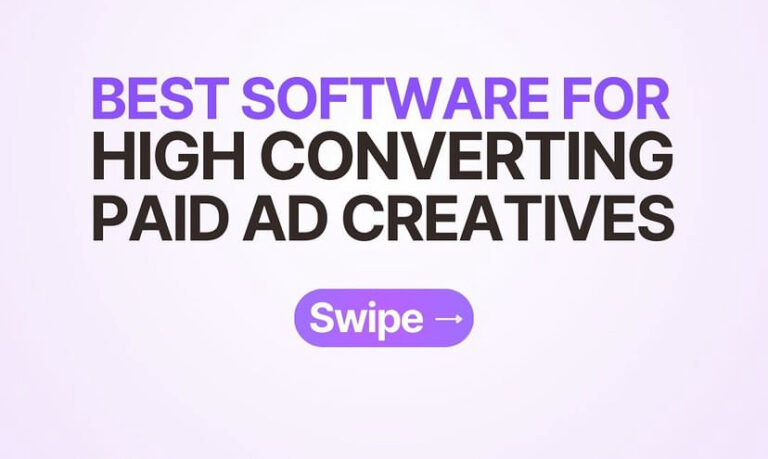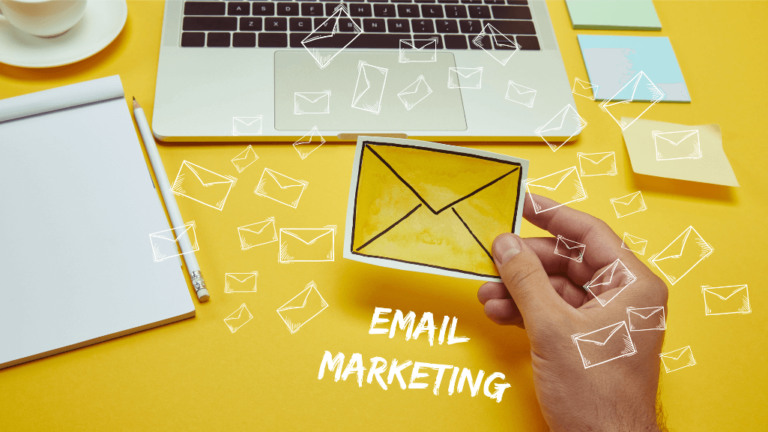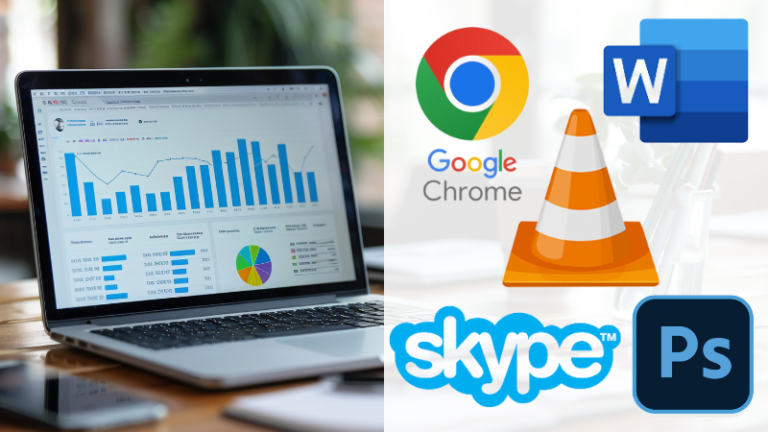Email Campaign Shockers: Stats You Won’t Believe!
Email marketing remains one of the most cost-effective and high-ROI strategies in the digital marketing world. According to the Data & Marketing Association, email marketing has an average ROI of $42 for every $1 spent. That’s a killer return compared to other digital channels. But not all email campaigns are created equal. The features you use can drastically change your results. Let’s break down the key features and add some stats to show their impact.
Campaign Creation
Creating a targeted and well-thought-out email campaign is crucial because blasting generic emails just doesn’t cut it anymore. According to HubSpot, segmented email campaigns have a 14.31% higher open rate than non-segmented campaigns. Furthermore, marketers who use segmented campaigns have noted a 760% increase in revenue.
Comparing campaign creation tools, Mailchimp, for instance, offers robust audience segmentation and goal-setting features to kick things off, while Constant Contact focuses more on simplified campaign setups with automated list-building tools. Mailchimp’s in-depth segmentation is great if you want advanced targeting capabilities, but Constant Contact could be better for businesses looking for a straightforward approach.
Drag-and-Drop Builder
Drag-and-drop email builders are game-changers, especially for small teams or non-designers. They let you create professional-looking emails without coding skills, which is a big win since a well-designed email is 45% more likely to be read according to Litmus’ research.
Mailchimp, ActiveCampaign, and SendinBlue all have drag-and-drop editors, but they differ in user experience. Mailchimp’s builder is known for its user-friendly interface, with a wide array of pre-designed elements, whereas ActiveCampaign offers more flexibility for adding conditional content blocks. SendinBlue might not have as many pre-set elements as Mailchimp, but it shines with its advanced automation features that you can integrate into your designs.
The ability to see your changes live, as offered by platforms like Mailchimp and GetResponse, makes it easy to tweak designs and improve engagement rates. Litmus’ report showed that brands that invest time in email design improvements have seen click-through rates improve by up to 27%.
HTML Editor
For those who need more control and customization, HTML editors offer unmatched flexibility. According to the Email Marketing Industry Census, around 35% of companies prefer custom-coded emails because they can boost engagement by allowing for intricate designs and unique interactive elements.
While tools like Mailchimp and Campaign Monitor offer both drag-and-drop and HTML editing, platforms like Mailjet cater specifically to those who want to take a more code-centric approach, providing advanced coding capabilities and previews to see how emails will render across different devices. If you’ve got a developer on your team or if you need to add complex interactive elements like forms or animations, an HTML editor is the way to go.
Templates Library
Templates are essential for time-saving and consistency. Email templates help businesses maintain brand identity, and emails sent using templates see a 24% increase in conversion rates according to Campaign Monitor. It’s not just about the time saved—it’s about ensuring your emails always look professional and on-brand.
Comparing some major players:
- Mailchimp: Offers a vast library of more than 100 templates, all optimized for different industries and purposes. The templates are easy to customize, which makes it great for beginners.
- HubSpot: While HubSpot’s library isn’t as extensive, it provides specialized templates that integrate seamlessly with its other marketing tools, which is useful for aligning email marketing with other campaigns.
- SendGrid: Focuses on providing templates that are more customizable for developers who want to build emails from scratch using a modular system.
Templates should offer flexibility to be customized for different purposes and industries, which Mailchimp and HubSpot excel at. The more adaptable your templates, the better they can be tailored to specific campaigns.
Bulk Email Sending
Bulk email sending is essential for reaching larger audiences. According to Statista, the number of global email users is expected to grow to 4.6 billion by 2025. With this many people using email, the ability to send bulk emails becomes crucial for scaling your marketing efforts.
Platforms like SendinBlue, Mailchimp, and ActiveCampaign all support bulk email sending, but they have some key differences.
- SendinBlue: Stands out with its affordable pricing for sending large volumes of emails. It also has built-in SMS marketing, which can complement your bulk email efforts.
- Mailchimp: Has a free plan for sending up to 10,000 emails a month, but charges can escalate quickly as your list grows.
- ActiveCampaign: Offers powerful automation features that can make bulk sending feel personalized, with options to dynamically change content based on the recipient’s data.
Bulk email sending doesn’t mean spamming—it means using smart targeting. Research shows that targeted bulk emails can increase conversion rates by 20%. The best tools offer options for audience segmentation, list management, and personalized content.
A/B Testing
A/B testing is an indispensable part of optimizing email campaigns. Experian found that companies using A/B testing for email campaigns saw a 37% higher ROI compared to those who didn’t.
Comparing tools:
- Mailchimp: Makes A/B testing easy with built-in tools to test subject lines, send times, and even entire email designs. You can test up to three variations at once.
- HubSpot: Offers detailed A/B testing capabilities with a focus on testing workflows, making it great for complex campaigns.
- ActiveCampaign: Allows for split testing of automation workflows, letting you test different automation paths to see which results in the most conversions.
Testing variables like subject lines, call-to-action buttons, and email layout can have a significant impact. Studies by Optimizely show that a simple A/B test on a subject line can improve open rates by 26%.
No Show Campaign Mail
Re-engaging subscribers who didn’t open your first email is crucial. Research from Salesforce shows that re-sending an email to those who didn’t open it can improve open rates by 8-10%. But it’s essential to make the second email different enough to capture the subscriber’s attention.
Platforms like Mailchimp and GetResponse offer automated “no-show” campaign mail features that can trigger a follow-up email if the recipient doesn’t open the first one. These features can boost engagement, particularly for promotions or time-sensitive events where every response counts.
Using different subject lines or adding a personalized touch can further improve the effectiveness of these follow-ups. For example, if the first email had a generic subject line, a follow-up might include the subscriber’s name or an offer reminder to make it feel more urgent.
Best Email Designs for Banks
Banking emails need to be more than just functional—they must inspire trust and clarity. According to Epsilon, 50% of consumers prefer email for receiving updates from financial institutions. But, 75% of those same consumers expect personalized content.
Comparing different strategies in banking email designs:
- Bank of America: Uses clean layouts with plenty of white space and a consistent blue and red color scheme to establish trust.
- Chase: Often incorporates personalized content like customer-specific offers and updates based on account activity, improving engagement by making the content feel directly relevant.
- Wells Fargo: Uses interactive elements like buttons for account login or transaction reviews, encouraging customers to take action right from the email.
Research shows that emails with interactive elements can increase click-to-open rates by up to 73%. So, adding interactive features like calculators, links to financial tools, or even clickable FAQs can greatly enhance the customer experience.
Putting It All Together
The best email campaigns blend these features to create engaging and effective messages. Stats back up the importance of using these tools and strategies:
- Segmenting email lists leads to 14.31% higher open rates.
- A/B testing boosts ROI by 37%.
- Personalized emails deliver 6 times higher transaction rates.
Comparing tools like Mailchimp, HubSpot, ActiveCampaign, and SendinBlue shows that while they all offer essential features, the user experience and pricing can vary significantly. Picking the right tool depends on your specific needs, from budget constraints to advanced automation capabilities.
At the end of the day, the features you choose will shape the success of your campaigns. The right combination can help you not just reach your audience but connect with them in meaningful ways. Email marketing isn’t just about sending emails—it’s about sending the right emails with the right tools and strategies for maximum impact.







